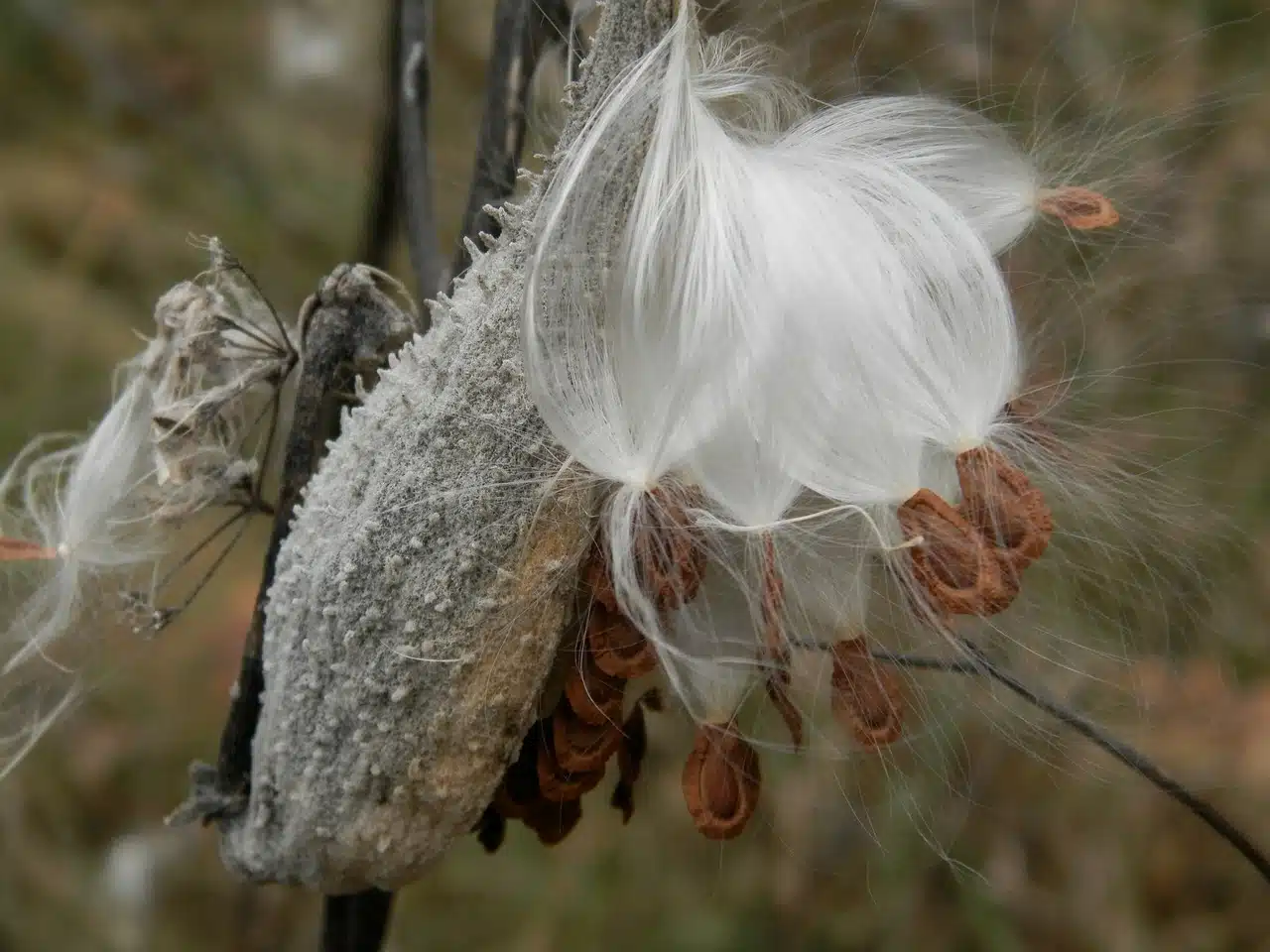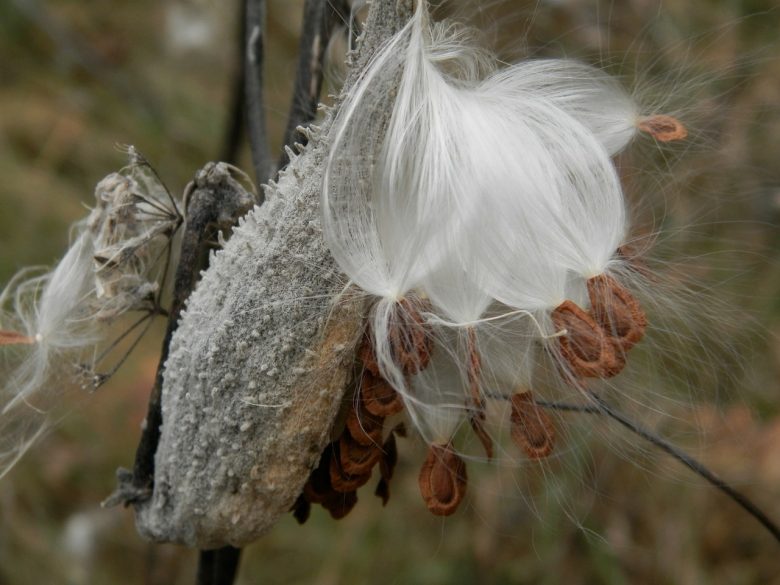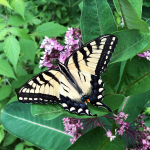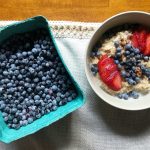Gardens
How to Harvest and Dry Seeds
It’s time to gather this past summer’s seeds from your favorite flowers and veggies to save for next year’s garden crops. In this post, I’ll explain how to harvest and dry seeds from your garden and share which seeds are the easiest to harvest for great results year after year. Before harvesting seeds from your […]

Milkweed seeds and pods ready to harvest. Milkweed is a great plant for Butterfly gardens.
Photo Credit: Pixabay
Photo Credit : Pixabay
Instructions on How to Harvest Seeds:
- Prepare for seed harvesting by labeling small paper bags or manila envelopes with the name of the plant seeds you are harvesting and the date and color of the flower if applicable. Use sharp kitchen scissors for cutting pods.
- Look for seeds with dry and brown pods.
- Snip the entire pod into the paper bag or envelope and shake to loosen the seeds.
- Leave the bags/envelopes open and hang from a rafter in a dry area with good air circulation.
- Let the pods and seeds dry for a few weeks, occasionally checking the bags for mold and shaking the contents to aid in the drying process.
- If the seeds have not dried completely after a few weeks, spread them out on newspaper for another week before re-checking them.
- After the seeds have dried completely, remove all pods and debris and loosely re-package the seeds in a clean, labeled paper envelope and store in a dry place until planting time.
Top 5 Flower Seeds to Dry
- Nasturtium
- Pansy
- Marigold
- Foxglove
- Zinnia
Top 5 Vegetable Seeds to Dry
- Tomatoes
- Beans
- Squash
- Zucchini
- Watermelon








These are great tips, thank you for posting! We are trying to save some seeds this year for the first time and we’ve had some success. 🙂
Thank you for reading Virginia! Happy harvesting!
Hi, First, thank-you very much for these tips; I;ll save them for future reference. I am out of Boston MA USA adn this year was the most disappointing gardening experience I have ever had. I’ve been gardening veggies, florals, fruits & trees for almost 60 yrs now.
The combination of weather for the area and illness has made it impossible to keep up with things like widespred fungi and molds on most leafy crops eg squash of almost every var, browning of tomato plants before they were even prime for picking; none had second crops, and msot didnt yield, the Sweet Babya girl tomatoes were anything but sweet when normally they are delish; the large var of peppers did not even yield excvept for greren bells, eggplant came infested frmo a reputable grower..need I say more? I am still witing for the beets, we had some carrot ver, and the peas olny grew moderately form teh first planting not from subsequent ones…tons of variety of foods here that we had planned on harvesting to eat becasue food is too expensive for us here. very disappointing. Then I became ill and cold not even go into the bulbbeds to get rid of crab grass that has inundated it. I could not get affordable help so it looks like this may be the beginning to the end for me enjoying my property. I cant afford to buy seeds for next year asn two yrs in a row was unable to obtain any veg seeds for replanting. Celry did not even grow at all, herbs did well! Ironic. Dont know what the furture holds but now I know how to best harvest seeds if the plants will only grow and let us maintain them. G
Thank you very much for your comments. Your state’s Master Gardener program should be able to assist you with information on how to help grow and/or obtain seasonal, surplus, local veggies and fruits donated by Master Gardener Volunteers. Simply search online for the closest public state college and look for the Cooperative Extension link. Good Luck.
Will milkweed pods dry @ open after being detached from the plant?